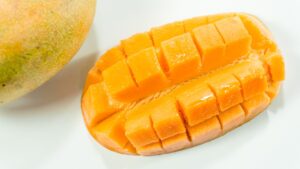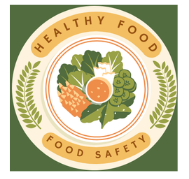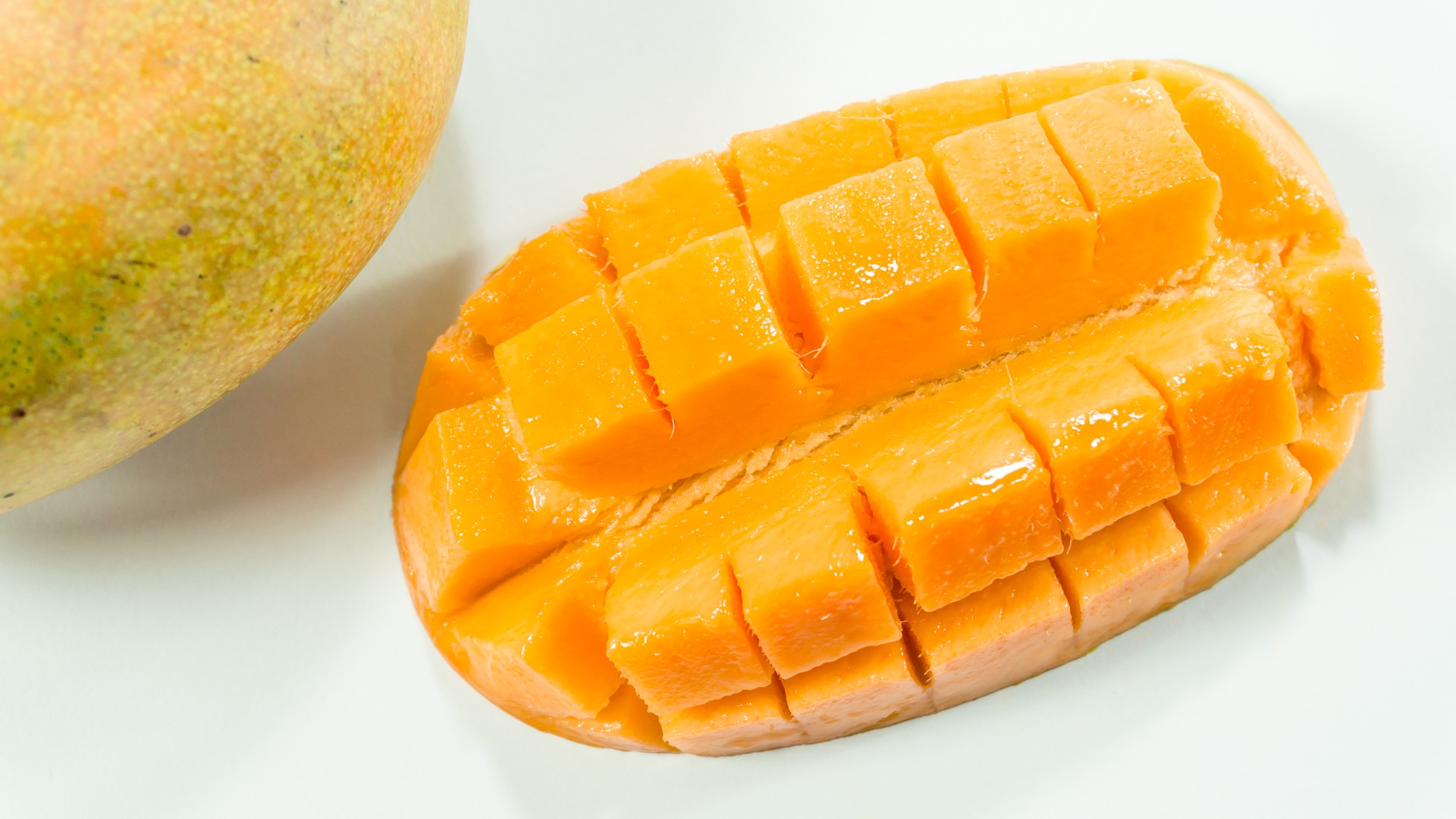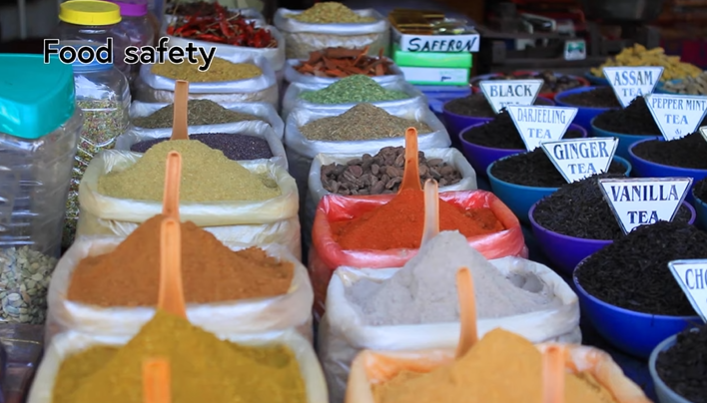Mango Pulp HACCP, Flow diagram and Mango Pulp HACCP Plan
Mango fruit processing is extremely important considering hazards associated with mango processing, A robust food safety system needs to be established during the processing of Mango Pulp.
To ensure that mango pulp is processed as per food safety regulations, followings are Mango Pulp HACCP, Flow diagram and Mango Pulp HACCP Plan.
Before Implementing HACCP, ensure HACCP Pre-Requisite Programs in Food Industry are well understood and being implemented.
Each Mango pulp producing site must have a documented HACCP plan for their pulp manufacturing line. The scope for the hazard analysis must include chemical, physical and biological food safety hazards. Critical Control Points (CCPs) must be identified, controlled and monitored to protect the products from these hazards. A risk assessment is also required to demonstrate the safety of any waste by-product designated as suitable for animal feed.
HACCP (Hazard Analysis Critical Control Point) is the chosen tool for managing Food Safety risk on the production line. It is also a requirement for food companies in countries where this pulp will be sold. The key components of HACCP are:
- Hazard Analysis – Hazard Identification and Risk Assessment.
- Identification and Control of CCPs – Including monitoring, corrective action, recordkeeping and verification systems.

Benefits of Mango Pulp HACCP
The key benefits of implementing a HACCP program are:
- It is a simple, systematic approach, which can be applied to all types and stages of food production and supply.
- It is a preventative technique, which can be used to predict and prevent any realistic hazards likely to affect our food products. This makes it cost-effective at minimizing loss and protecting the image of our brands.
- It focuses resources onto the most critical parts of the process.
- It will support a “due diligence defense” and assists us in meeting our regulatory requirements
Pre-requisite Programs for Mango Pulp
Pre-requisite programs including Good Manufacturing Practice (GMP) must be in place to control generic food safety hazards and to support the HACCP system. Typically GMPs will provide control of food safety hazards at various points within operations such as the facilities, people practices and vendor assurance. Without effective control of GMPs there is a definite risk of a food safety hazard occurring that may not covered by a CCP. The effective control of GMPs must be regularly audited internally and by using external auditors (e,g. FSSC).
Mango Pulp HACCP Process Flow:
- Receiving of Raw and Packaging Material: Receiving of Raw Mangoes to the production site from field or market and Receiving of the additives and packaging material ( Site QC team needs to check Raw and Packaging materials upon receiving using their specifications)
- Manual Sorting of mangoes: Manual sorting of mangoes needs to be done on conveyor belt and during sorting rotten, un-rippened , damaged mangoes needs to be removed from the belt
- Washing of Mangoes using fresh water: Washing pf mangoes need to be performed using fresh water and all dust , dirt extraneous matters to be re=moved during this step
- Manual Sorting on Rolling Conveyor: After washing manual sorting to be done on rolling conveyor to remove damaged and black mangoes
- Brushing with Fresh Water: Brushing of mangoes to be done with jest washing to remove dust and dirt
- Chopping: Once it is ensured that mangoes are free from any extraneous matters and completely washed then chopping is done
- Destoning: destoning process is done once potatoes are chopped , also waste is segregated from the pulp like peel
- Additives Addition: all required additives are added in the chopped mangoes
- Pre-Heating: Chopped mangoes are pre-heated at 45-50 degree centigrade using steam
- Refining: at this step all peel, seed and large fiber pieces are segregated through refining process
- Holding Tank: Pulp is stored in the holding tanks so that it can be used for further processing as required
- Homogenization in batch Tank: Required additives are added in batch tank and pulp is homogenized with the pressure of about 40-100psi
- Sterilization: Mango pulp is sterilized at (90-112 degree centigrade) for 35-45 seconds
- Aseptic Automatic filling: After sterilization automatic aseptic filling step in performed
- Weighing , labelling and coding
- Storage: Pulp is stored at 5-10 degree centigrade
Mango Pulp HACCP Plan
| CCP/ OPRP# | Area/ Process Stage | Potential Hazards | Sampling Point | Frequency | Parameter | Critical Limit |
| CCP#1 | Sterilization | Pathogenic Microbes | Final Product | Online Temp and Flow Monitoring | Time and Flow of product | Time 35-50 Sec Temp 90-112 C |
| OPRP#1 | Sorting | Damaged, Rotten, Black Colored | Inspection Conveyer | Online | Damaged, Rotten, Black Colored Mango Sorting | Nil |
| OPRP#2 | Addition of Additives | Chemical Hazard | Batch Tank | Every Batch | Weight as per recipe | As per Legal or Customer Specification |




